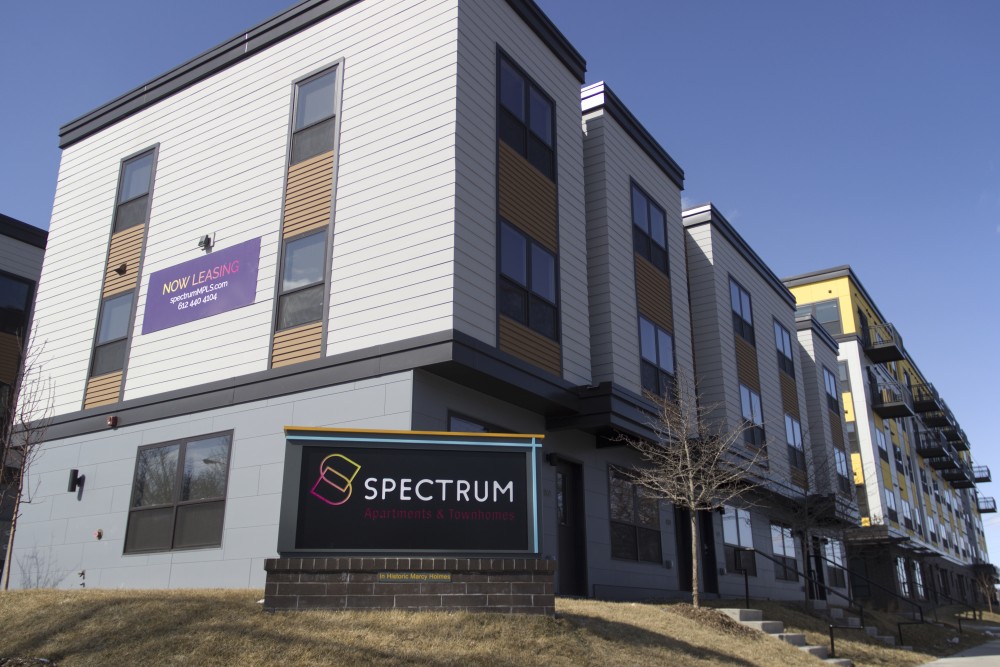As areas around the University of Minnesota continue to develop, neighborhood organizations are saving funds to ensure local parks and green spaces are preserved.
A Minneapolis Park and Recreation Board policy adopted in 2014 requires developers of new market-rate housing projects to pay “park dedication fees” to neighborhood organizations for each unit built. Prospect Park, which has seen an influx of development since park dedication fees were mandated, has amassed nearly $1.5 million. Other neighborhoods, like Southeast Como and Cedar-Riverside, have retained just $62,832 and $35,486 respectively.
The fees, which were adjusted to $1,576 per unit on Sunday, must be used for new park infrastructure, not basic maintenance or reparation. New commercial developments must also pay park dedication fees, but only $210 per employee.
“It’s a fee that is meant to offset the impact that new development would have on parks,” said Adam Arvidson, Minneapolis Park and Recreation Board director of strategic planning. “When development fees are paid, the benefit of those fees has to be seen very close to where the development took place.”
Cody Olson, executive director of the Southeast Como Improvement Association, said areas with higher density, like Prospect Park, have a greater need for park dedication fees and green spaces. Southeast Como mainly consists of single-family housing and doesn’t face the same level of development.
“People don’t have necessarily as much personal space that a single-family home would bring. Those shared spaces, particularly those shared green spaces, are really necessary [in dense neighborhoods], and you want to see them be properly funded,” Olson said.
The Link in Prospect Park is responsible for more than $500,000 park dedication fees alone. This development resides on the same block as the Prospect Park Green Line station and houses 336 apartment units.
Marcy-Holmes currently has $442,000 for the entire neighborhood. Chris Lautenschlager, executive director of the Marcy-Holmes Neighborhood Association, said many large developments — like The Marshall Apartments, The Venue at Dinkytown and The Radius at 15th — were built before park dedication fees were implemented.
“So, we’re not able to capture that money,” he said. “But with new developments … we’ll be doubling our park dedication fees, and that money is developer money, not taxpayer money. According to the Park Board, we don’t need to be in a hurry to spend it because it’s not going to go anywhere.”
These upcoming developments include 300 apartments built behind St. Anthony Main and the continued development eastward by Doran Companies, Lautenschlager said, which owns a 9-acre stretch of land in the neighborhood.
Lautenschlager said MHNA is holding onto its money to create a “bigger impact” by distributing it properly. Marcy-Holmes and other neighborhoods work closely with the Park Board to determine how to allocate the funds.
“You can’t just ultimately say we want a pickle ball court if it’s not currently envisioned by the [Park Board’s] master plan,” Lautenschlager said. “Enhancements to parks would be fantastic, but we’re also interested in connections to parks. We’re very interested in opening up 4th Avenue, not for vehicle traffic, but for pedestrians and bicyclists.”







